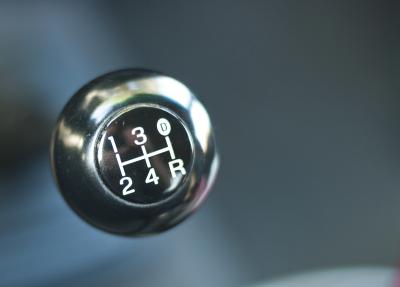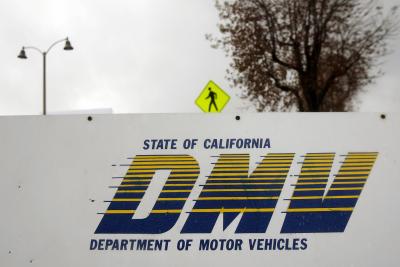About 90 percent of vehicles on the road these days have automatic transmissions, according to Progressive Casualty Insurance Company. Nevertheless, some drivers prefer manual transmissions and wouldn’t choose anything else. Manual transmissions have some significant pros, but a few particular cons drive consumers to automatics.

The driver of a manual transmission must manually shift between the forward gears while using a pedal clutch to disengage the transmission from the engine (putting the transmission in neutral) during shifting. With an automatic, once the driver shifts into "drive," the car does all the work. The driver only needs to shift again if he wants to park, go into reverse, downshift for steep hills or put the transmission in neutral. This makes driving an automatic more convenient, particularly for city driving that involves many starts and stops.

Driving with a standard transmission takes skill, especially in certain situations. Coming to a red light at the top of a steep hill in heavy traffic, for instance, can make even the most dedicated stick-shift driver wish she had an automatic transmission. To go forward when the light turns green, she has to avoid rolling backwards while pushing down the clutch and shifting.

Standard transmissions are more difficult to learn, and it can take a few weeks before the driver is fully comfortable with shifting. Additionally, most driving programs in high schools and independent driving schools only teach driving with an automatic. A person who has never used a stick shift system before must find someone to teach him.

A new car with a manual transmission costs about $800 to $900 less than an automatic, as can be seen by comparing options for vehicles at various manufacturer websites, including Ford Motor Company and General Motors Corporation.

Manual transmission vehicles are cheaper to maintain and repair. A manual transmission is easier on the brakes, because the automatic transmission works to move the car forward whenever it's in "drive," even if the car is stopped. Manual transmission fluid requires fewer changes. Additionally, when a standard transmission breaks down, usually the clutch is the problem. Clutch replacement typically costs less than half the price of automatic transmission replacement, as explained by Edmunds.com. Regular city driving can wear a clutch out, however, while an automatic transmission may not break down during the same time frame.

A skilled manual transmission driver has better control because of faster shift response, a significant advantage in bad weather. Standard transmissions provide more traction in snow, mud and slippery conditions, according to Edmunds.com. If the car gets stuck in snow, the driver will have an easier time rocking it out when being able to control the transmission with a stick shift.

Manual transmissions once provided significant fuel savings over automatics. By 2007, the savings rate was generally about a mile or two per gallon, mainly during highway driving, according to Slate.com. Analyst Mike Omotoso of J.D. Power and Associates called the fuel usage difference "negligible" in 2008, noting that many vehicles with an automatic transmission actually achieve better fuel economy in the city than those with a five-speed manual.
